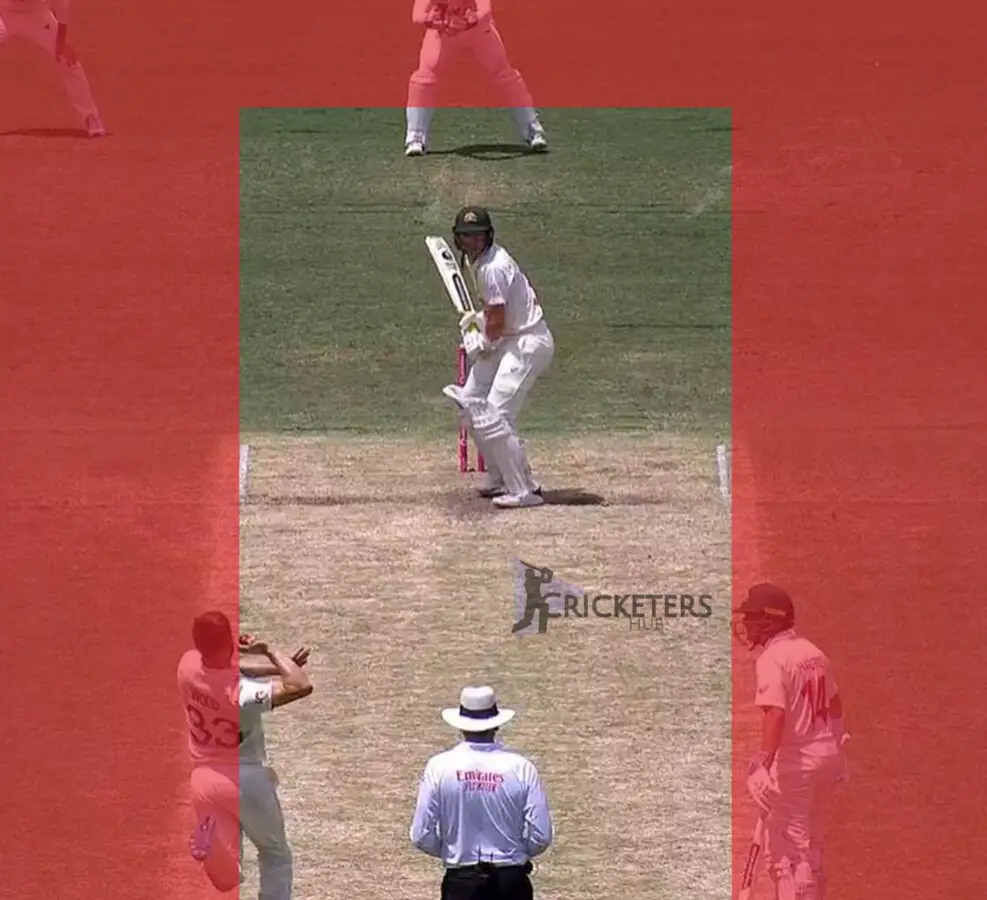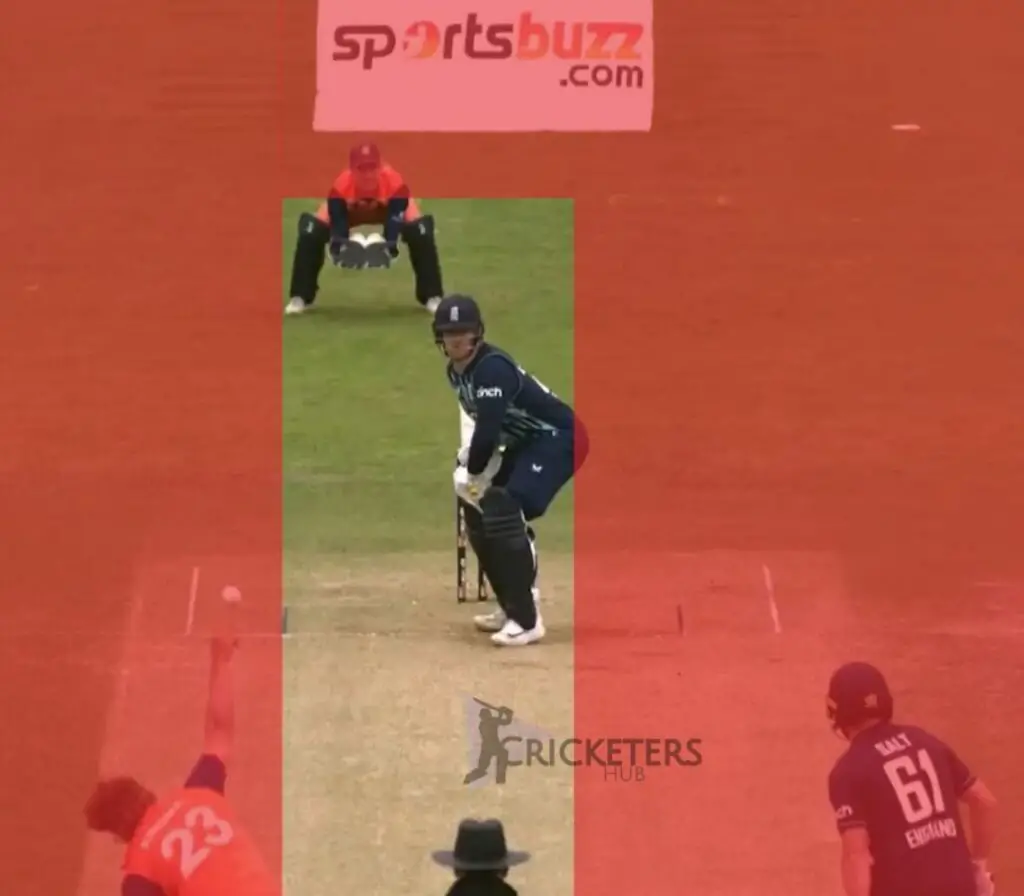Something that confuses a lot of newcomers to the sport of cricket is how the rules seem to differ from format to format. For example, when watching limited overs cricket such as ODI and T20 matches, spectators will be exposed to things like ‘powerplays’ and ‘free hits’, but neither of those concepts play a part in test cricket. On the other hand, ‘declarations’ and the ‘follow on’ are big parts of test match cricket, but do not feature in 20 or 50 over matches!
Another rule that seems to differ between cricket formats is the ‘wide’ rule. Many newcomers to cricket wonder why the rules for wides in T20 and 50-over cricket are so strict, when test cricket doesn’t seem to have any rules regarding wides! That is the thing I’ll be explaining in this post today! First though, we can start by answering the following question…
Does test cricket have wides?
Yes, umpires in test cricket do have the option of calling a delivery a ‘wide’ if it meets a certain standard. Wides are technically given if the ball is out of the reach of the batter as it passes them. However, the wide rules in test cricket are much less strict than the shorter formats of the game.
The diagram below should make the rules regarding wides in test cricket a little clearer. Basically, in order for the umpire to declare a ball wide, the delivery would have to be comfortably out of the reach of the batter. This applies to each side of the batter, as well as above their head! Therefore, a wide in test cricket would probably need to pass through the area highlighted in red below.

In limited overs cricket, the rules regarding wides are much stricter! This gives bowlers much less margin for error. If you watch T20’s and 50-over cricket regularly, you may have noticed that umpires will declare a ball to be wide if it goes even marginally down the leg side of the batter’s body. There is also much more of an emphasis on using markings on the pitch to determine whether a ball is wide or not. The diagram below should help me explain what I mean! In limited overs cricket, a ball will be wide if it is in the red zone in the diagram below when it passes the batter, so you can see the smaller area they have to work with!

Why Are The Rules For Wides Different In Test Cricket?
Whenever I discuss the difference in standards for wides in test cricket compared to the shorter versions of cricket, people immediately begin to question why that is the case! So, allow me to explain.
In shorter cricketing formats like T20’s and ODI’s, there is a huge emphasis on playing in attacking ways and providing entertainment for the fans! To win these games you must simply score more runs than the other team within a certain number of balls. This means that batters will be aiming to score as many runs as they can, as quickly as possible. The main role of the bowlers in these formats is to concede as few runs as possible, and as a result they are incentivised to bowl in defensive ways. One of the best ways of bowling defensively would be to bowl down the leg side and put the maximum number of fielders on that side of the field. Deliveries that are well down the leg side are very awkward for the batter to reach and hit a long way.
The reason why the wide rules in T20’s and 50-over matches are much stricter than in tests is to put a stop to this type of bowling! Bowlers can’t adopt this tactic of bowling down the leg side because if they do, they will have their deliveries called a wide every time – costing them a run and an extra ball. If bowlers were allowed to adopt this style of bowling, 20 & 50-over cricket would be much less entertaining for the fans, which would take away their main selling point! Having stricter rules regarding wides forces the bowlers to bowl to the batter, or on the off side of the batter (as long as they stay within the correct markings on the crease).
So, why don’t we have the same rules in test matches? Well, some people would argue that we should, as it may make the format more entertaining, but I don’t really think it’s necessary. Bowlers in test match cricket are a lot more focused on taking wickets rather than how many runs they concede, as the only way to win a test match is by taking 20 opposition wickets over the course of the 5 days. This focus on taking wickets means that bowlers in tests and long format cricket are much less likely to adopt a leg side bowling strategy, as this is unlikely to result in wickets! Thus, there is no need to introduce a strict rule regarding wides. In short format cricket there is an incentive to bowling down the leg side (slowing down the flow of runs), but in test cricket this incentive isn’t anywhere near as high. So, even though the wide rules in tests are a lot more relaxed, bowlers are less likely to abuse them.
Is There A Run For A Wide In Test Cricket?
Yes, when the umpire declares a ball to be a wide, a single run is automatically awarded to the batting side. The bowler will also have to bowl that delivery again.
Can Multiple Runs Be Given For A Wide In Test Cricket?
Yes, more than one run can be given for a wide in certain circumstances. For example, if the bowler bowls a wide and the wicket keeper fumbles the ball, allowing the batters to get through for a quick single, one run will be given as a penalty for bowling the wide, and one run will be added to that for the quick single. This will be recorded on the cricket scorecard as ‘2 wides’.
If a bowler bowls a wide and the ball flies past the wicket keeper along with the rest of the fielders and goes all the way to the boundary rope, then 5 wides would be given. One of these runs is the penalty for bowling the wide, and the other 4 runs are given because the ball ended up going over the boundary rope for 4.
The above examples of 2 wides and 5 wides being given to the batting team aren’t the only possible run totals off a wide ball. When a wide is bowled, the batters can run between the wickets for as long as they like (as long as they aren’t run out). So, technically it is possible for 3 wides, 4 wides, 6 wides & 7 wides (and so on and so forth) to be given if the batters can complete that many runs before being run out by the fielding side!
How Many Wides Are Allowed In An Over In Test Cricket?
In test cricket there is technically no limit to the number of wides that a bowler can bowl in the course of an over. Every time a wide is bowled, one run is added to the batting team total and the bowler is required to bowl that delivery again. Therefore, if a bowler bowled 6 wides in an over, that over would be 12 balls long. If a bowler bowled 100 wides in one single over, that over would be 106 balls long.
In reality of course it’s incredibly unlikely that anyone will ever bowl 100 wides in an over. Even bowling 2 or 3 in one over in a test match would be pretty unheard of! But an over will always continue until 6 legal deliveries are bowled.
Conclusion
I hope you found this an adequate summary of whether wides play a part in test cricket, and why they may not be as common as in some of the other formats! If you’re still struggling to get your head around all the different cricket rules, I’d strongly recommend having a scroll through my cricket rules page that you can find linked at the top of the site. On that page there are tons of posts where I walk you through various confusing cricket concepts and try to make them a little easier to understand! If you’re fine with the rules and would rather look at some technical tips, you might fancy checking out my batting, bowling and fielding pages instead! Enjoy!
